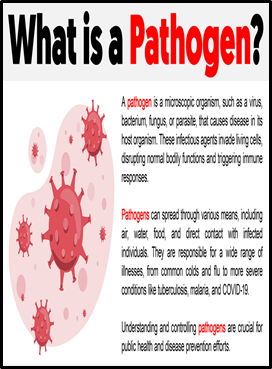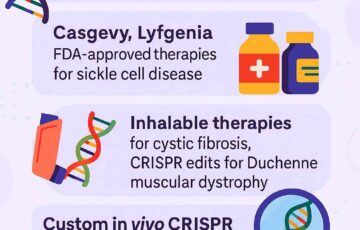“WHO WARNS CRITICAL PRIORITY PATHOGENS POSE AN ESCALATING GLOBAL HEALTH THREAT.”
Why in the news?
- WHO’s updated BPPL highlights global threats from critical priority pathogens.
- Includes 15 antibiotic-resistant bacteria families, categorized as critical, high, and medium priority.
- Focus on gram-negative bacteria and Mycobacterium tuberculosis resistant to last-resort antibiotics.
 source:edumind
source:edumind
About Bacterial Pathogens Priority List (BPPL):
- BPPL: WHO tool guiding vaccine and antibiotic development for high-threat bacteria.
- Updates: Regularly revised to reflect changing bacterial infections.
- Resource: Aids researchers, policymakers, and healthcare professionals in controlling bacterial infections globally.
About Antimicrobial Resistance:
- Definition: AMR is resistance of microorganisms to antimicrobial drugs, making infections harder to treat.
- Impact: Increases disease spread, severe illness, and death.
- WHO: Identified as a top ten global health threat.
- India: 56,000 newborn deaths annually due to resistant sepsis.
- COVID-19: 50-60% mortality from hospital-acquired drug-resistant infections.
- Global Spread: NDM-1 and multi-drug resistant typhoid originated from South Asia, affecting Africa, Europe, and Asia.
What are Fungal pathogens?
- Threat: Fungal pathogens increasingly common, resistant to treatment.
- Treatment: Only four antifungal medicine classes available; few new candidates.
- Diagnostics: Rapid, sensitive diagnostics lacking; existing ones are expensive and scarce.
- Incidence: Expanding globally due to warming and increased travel/trade.
- Risks: Resistant fungi cause common infections, increasing invasive infection risks.
|
source:edumind





